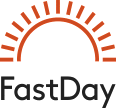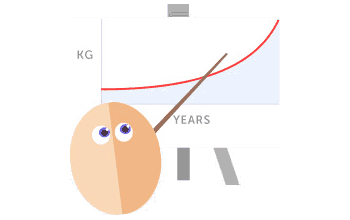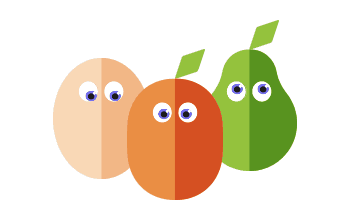Thanks to allanr54 on the Really good answers to the skeptics thread for the link to the following paper`s abstract:
http://www.ncbi.nlm.nih.gov/pubmed/23612508
A few comments questions on it,
Firstly, am I being a muppet or is it only possible on pub med to read the abstract? Would like to read the whole paper if anyone can advise?
What do we learn, as 5:2ers from this paper?
ADFing on a high fat diet is more beneficial for weight loss than ADFing on a low fat diet.
LDL (total?) cholesterol reduction was more pronounced for ADF high fat diet folks compared to adf low fat group.
LDL particle size increased in both ADF high and low fat diet groups.
The reduction in proportion (number of?) of small LDL particles was more pronounced in the ADF low fat group.
So for weight loss ADF on high fat diet is better than adf on low fat diet and for improvevement in ldl particle size and distribution it doesn`t matter whether you are on a high fat or low fat diet, both are just as effective.
Maybe these results hold true for 5:2ing as well?
As an aside and to reopen the never ending discussion on cholesterol, I notice this study focuses on LDL particle size and distribution and not the `total chol/hdl` or the `hdl/ldl` ratios that are mentioned on this forum as the best indicators of heart disease.
For more info on the relevance on LDL particle size and distribution in determining risk of heart disease check out the folowing link:
http://eatingacademy.com/nutrition/the-straight-dope-on-cholesterol-part-iv
http://www.ncbi.nlm.nih.gov/pubmed/23612508
A few comments questions on it,
Firstly, am I being a muppet or is it only possible on pub med to read the abstract? Would like to read the whole paper if anyone can advise?
What do we learn, as 5:2ers from this paper?
ADFing on a high fat diet is more beneficial for weight loss than ADFing on a low fat diet.
LDL (total?) cholesterol reduction was more pronounced for ADF high fat diet folks compared to adf low fat group.
LDL particle size increased in both ADF high and low fat diet groups.
The reduction in proportion (number of?) of small LDL particles was more pronounced in the ADF low fat group.
So for weight loss ADF on high fat diet is better than adf on low fat diet and for improvevement in ldl particle size and distribution it doesn`t matter whether you are on a high fat or low fat diet, both are just as effective.
Maybe these results hold true for 5:2ing as well?
As an aside and to reopen the never ending discussion on cholesterol, I notice this study focuses on LDL particle size and distribution and not the `total chol/hdl` or the `hdl/ldl` ratios that are mentioned on this forum as the best indicators of heart disease.
For more info on the relevance on LDL particle size and distribution in determining risk of heart disease check out the folowing link:
http://eatingacademy.com/nutrition/the-straight-dope-on-cholesterol-part-iv







